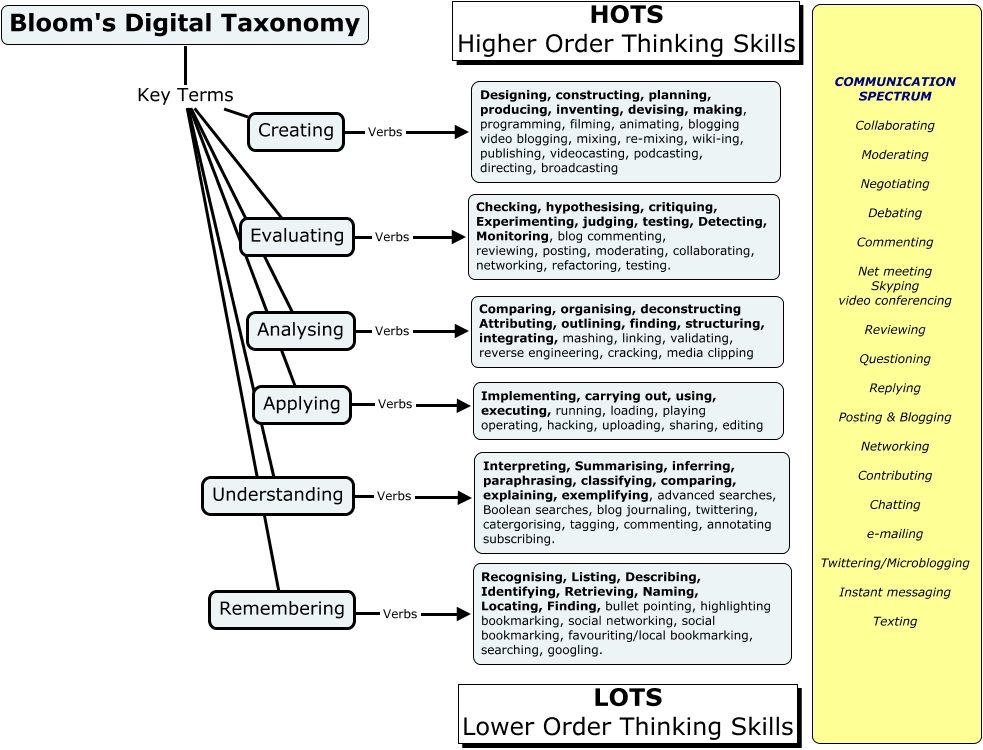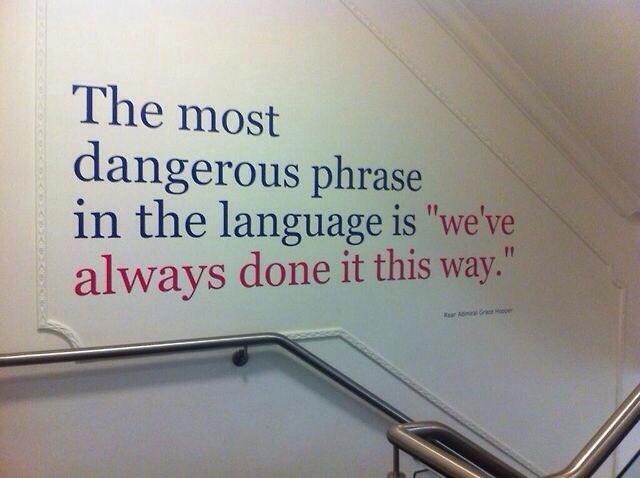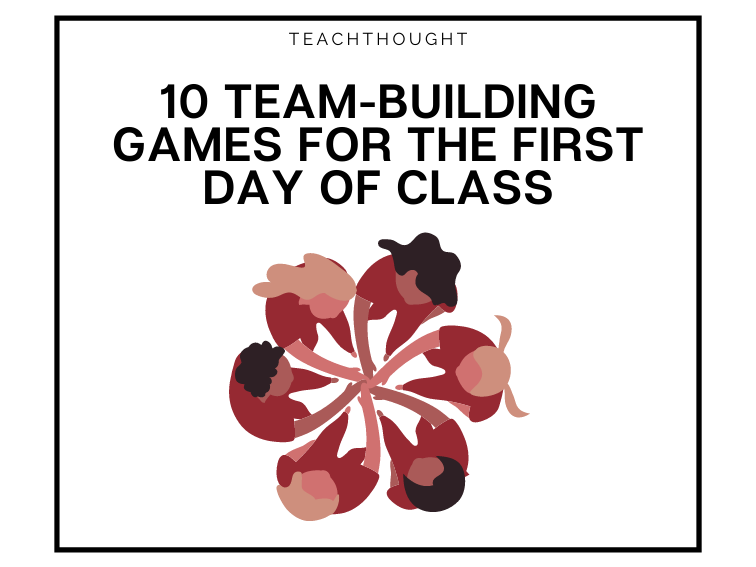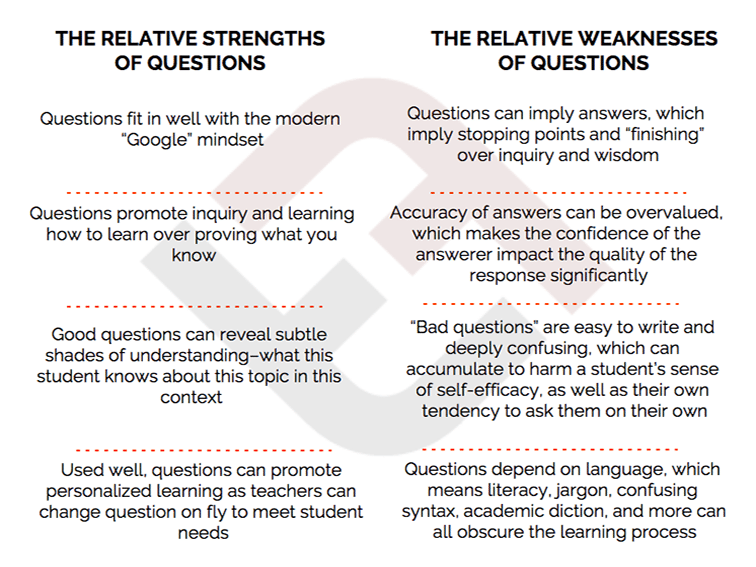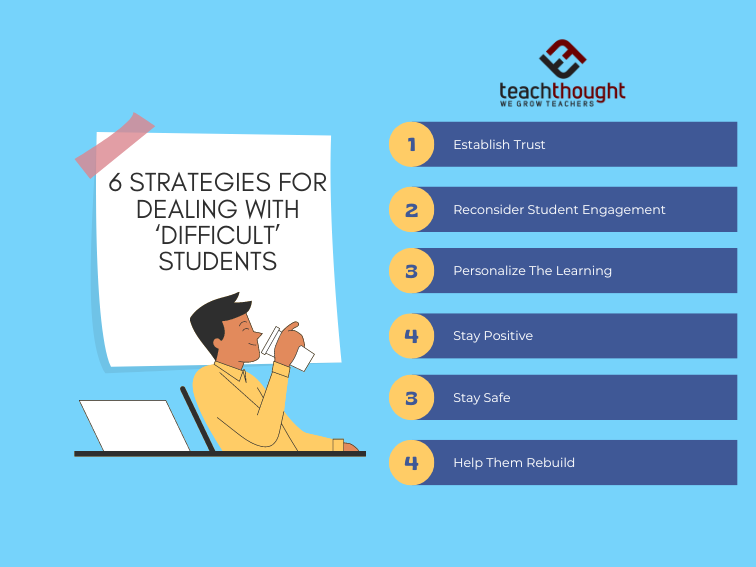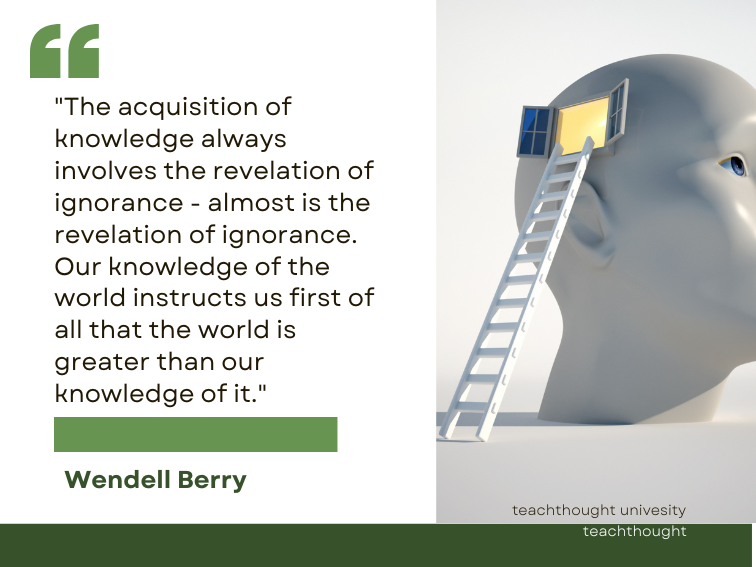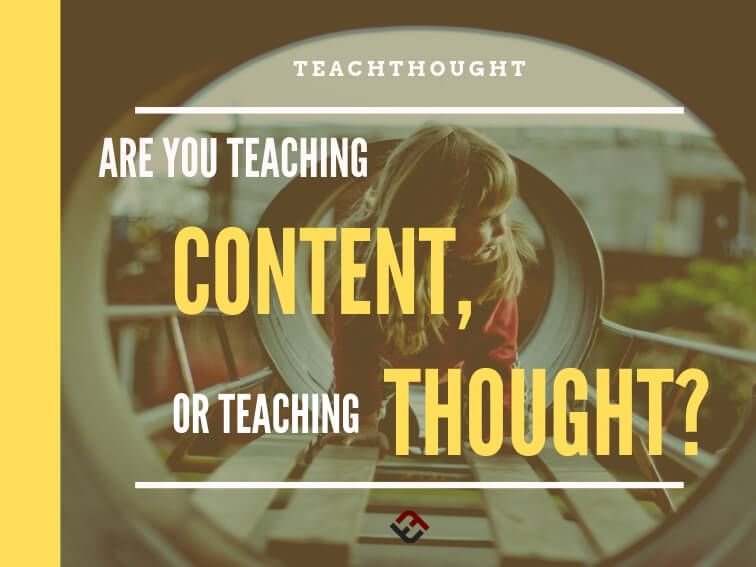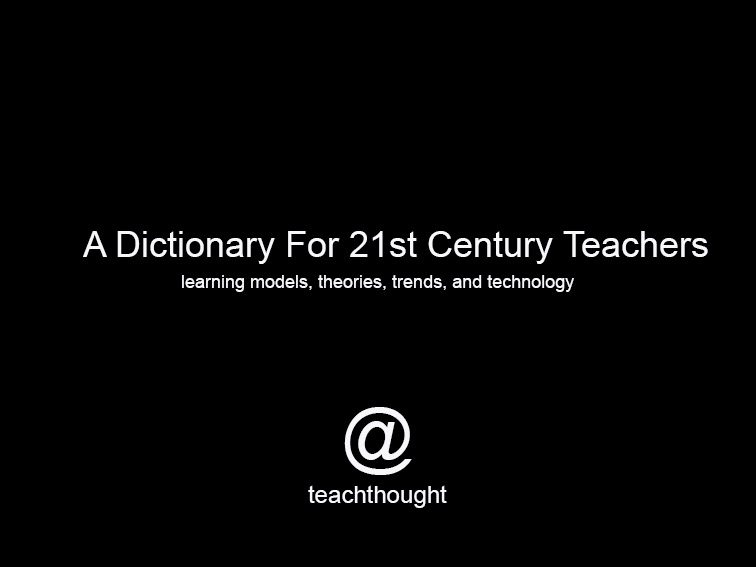Tag: Our Most Popular
A Bloom’s Digital Taxonomy For Evaluating Digital Tasks
This Bloom’s Digital Taxonomy helps teachers evaluate and design digital tasks like ChatGPT use, blogging, podcasting, and more.
The Most Dangerous Phrase In Education
“We’ve always done it this way” is one of the most dangerous phrases we can use—and this danger extends to education, as well.
10 Team-Building Games For The First Day Of School
Team-Building games for the first day of school include Green Door, I never…, Me too!, Fact or Fiction, and Count to Ten.
An Updated Guide To Questioning In The Classroom
This guide to questioning in the classroom views questions as signs of understanding, not ignorance–the ability to see what you’re missing.
6 Strategies For Dealing With ‘Difficult’ Students
From building trust and relationships to cultivating responsibility, here are 6 strategies for working with your most ‘difficult’ students.
20 Of The Best Quotes About Knowledge
“Our knowledge of the world instructs us first of all that the world is greater than our knowledge of it.” –Wendell Berry
Are You Teaching Content Or Teaching Thought?
If our curriculum is thinking, if our job is (excuse the convenient phrasing) teaching thought, our goals as educators change.
The TeachThought Dictionary: Learning Models & Technology
A Dictionary For 21st Century Teachers: An ongoing index of emerging learning models, theories, and technology for progressive teaching.
